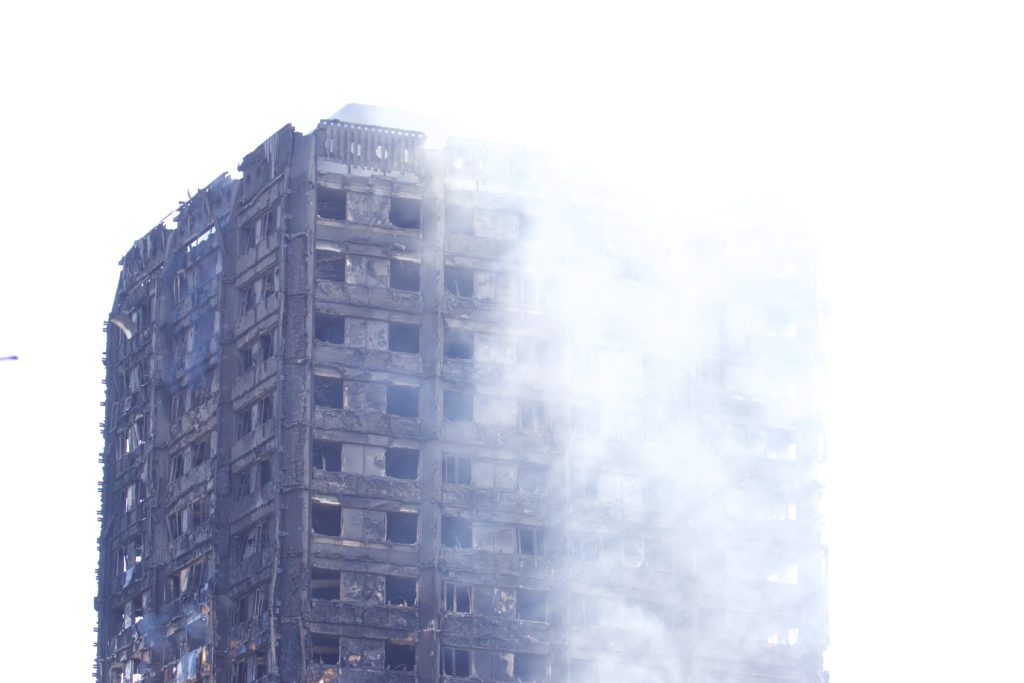
14 local authorities have reported that aluminium composite material cladding – the type said to be used on Grenfell Tower – has been used on a small number of low-rise schools in Scotland.
The findings were announced this week at the third meeting of the Ministerial Working Group set up to examine building and fire safety regulatory frameworks in the wake of the tragic fire last month.
Local authorities and the fire brigade are currently carrying out checks to ensure the type of aluminium composite material (ACM) cladding, which can be used “appropriately”, has been fitted in accordance with building regulations.
No Scottish local authority owned school buildings above 18 metres have ACM cladding installed, nor do any high-rise domestic buildings owned by councils or housing associations, checks have found.
30 of 32 local authorities have reported that ACM cladding has not been used on any privately owned high-rise domestic buildings. Glasgow and Edinburgh are completing their checks but due to the numbers involved, it is expected to take some time.
All health boards have confirmed that none of their buildings use the type of cladding reportedly used on Grenfell Tower but additional checks have shown that 8 NHS sites, including Glasgow’s Queen Elizabeth University Hospital, have used solid aluminium with A1 non-combustible fire rating material and mineral wool insulation.
Multiplex, the main contractor for the hospital construction, assured Greater Glasgow & Clyde Health Board that the insulation material used (Kingspan Kooltherm K15 insulation boards) was properly installed to meet building and fire safety regulations.
It was reiterated at the meeting that, “Building standards systems and regulations for high rise domestic properties in Scotland means the type of product used on Grenfell Tower should not be used in their cladding systems. However, in some controlled circumstances specified by our building regulations, ACM can be used as part of the cladding systems of other buildings. Our building regulations specify that those cladding systems must meet the relevant technical requirements applicable in each case.”
Cabinet Secretary for Communities, Social Security and Equalities, Angela Constance, commented, “While we continue to be confident that we have stringent building and fire safety regulations we cannot afford to be in any way complacent. That is why our work programme is evidence-led and our focus is prioritised.
“Checks continue across Scotland by both local authorities and the fire brigade to assess buildings and reassure people that adequate fire protection measures are in place.
“I’d like to reiterate my thanks to all local authorities, the fire and rescue service, housing associations and numerous other building owners across Scotland who continue to work extremely hard at the moment to reassure the public about the safety of their buildings.
“We’ll continue this partnership to ensure collectively we are doing our utmost to reassure members of the public of the safety of Scotland’s buildings.”








